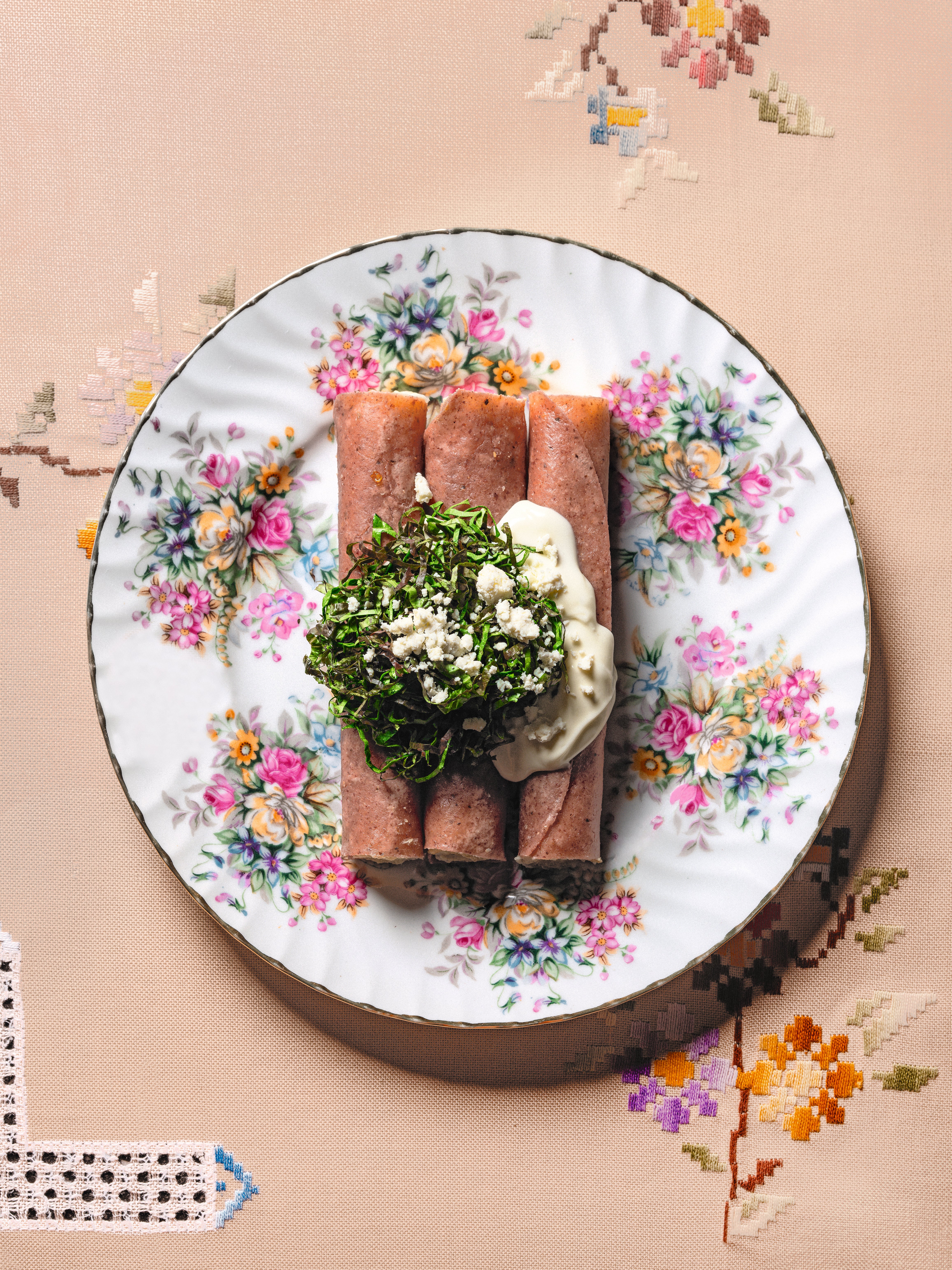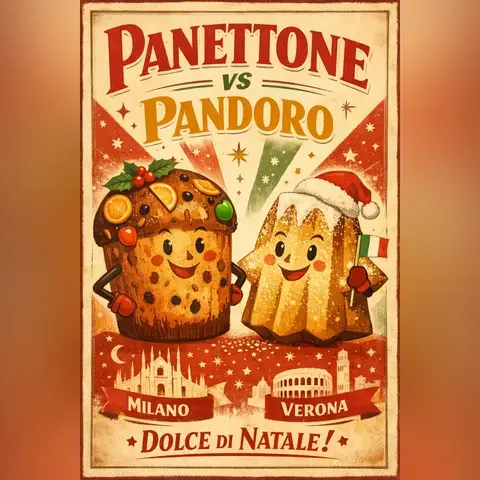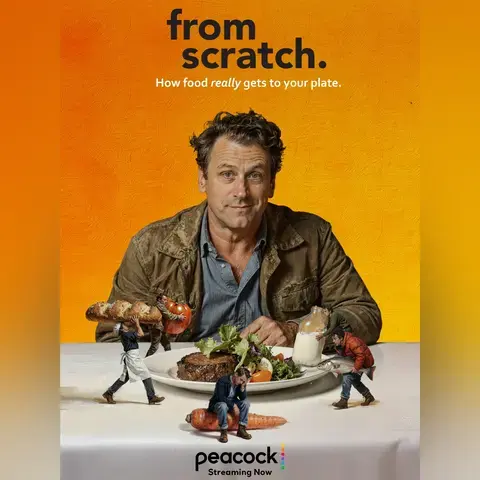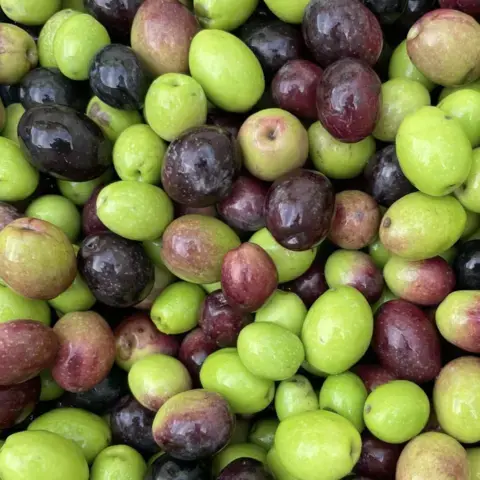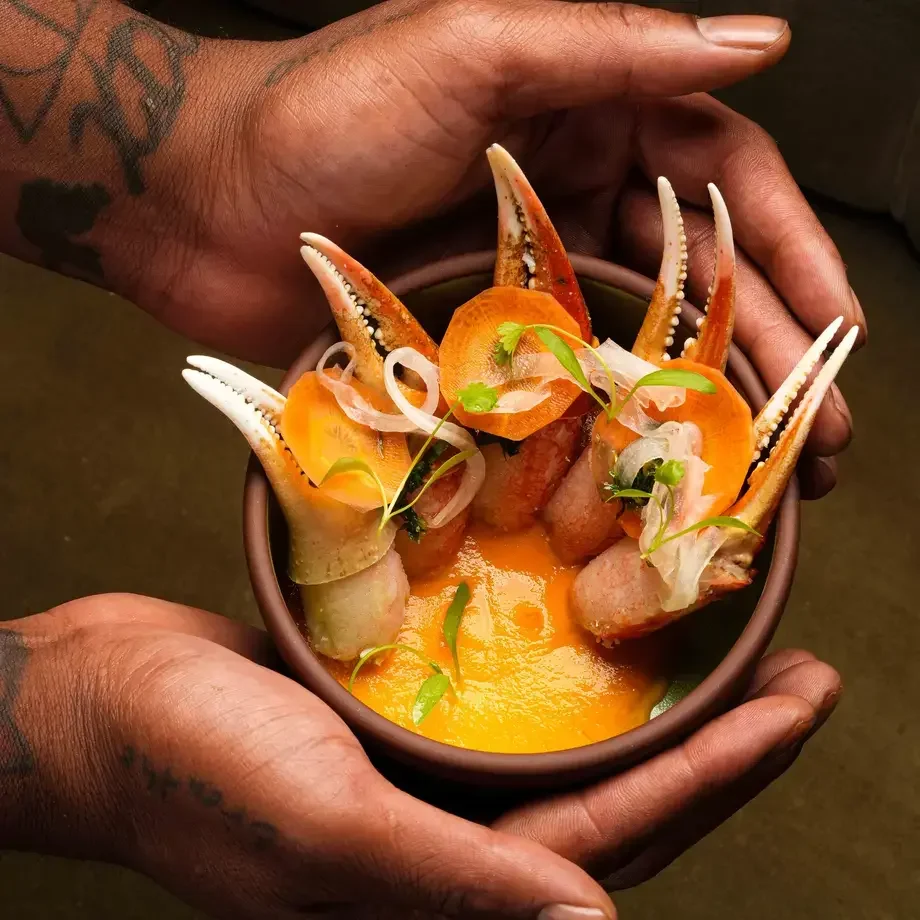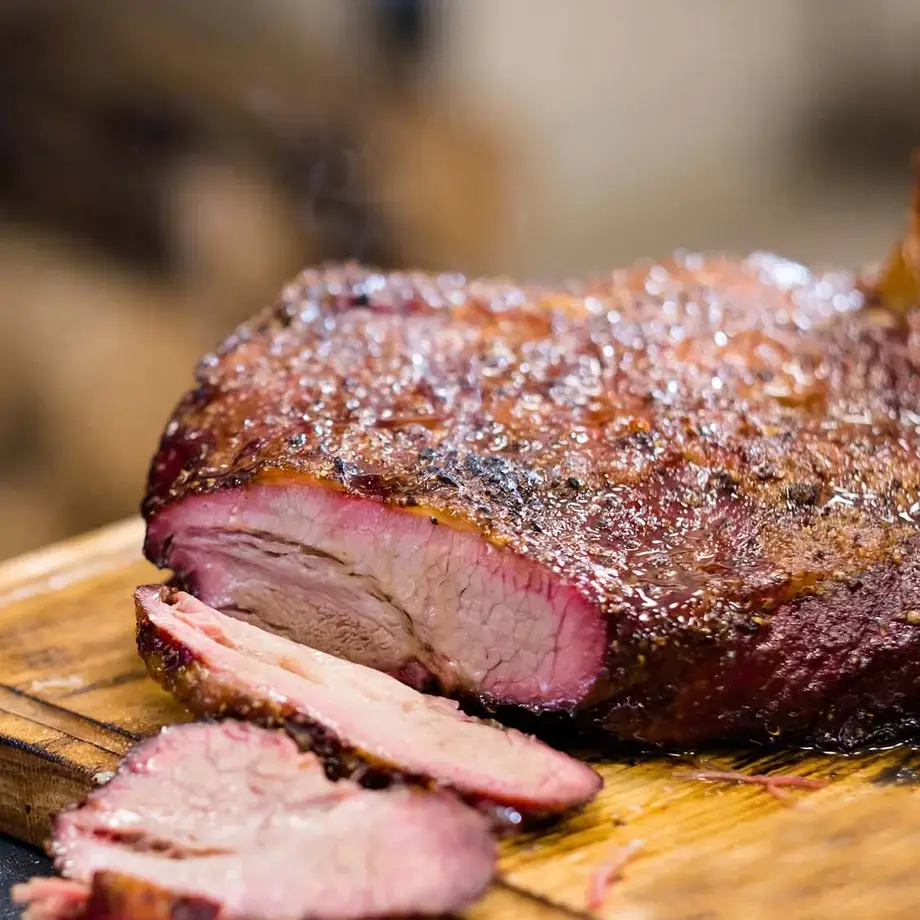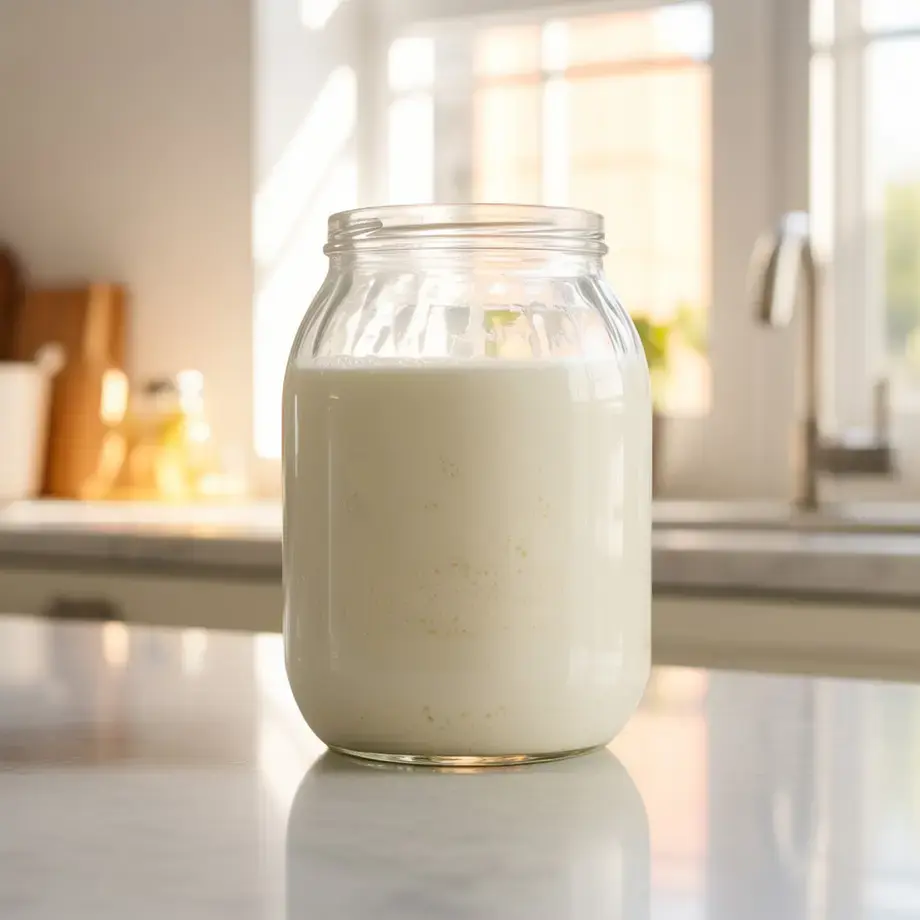Enrique Olvera has written books that span the full range of his culinary journey—from the high-wire artistry of Mexico from the Inside Out to the intimate, everyday warmth of Tu Casa Mi Casa. But his newest title, Sunny Days, Taco Nights, may be his most joyful yet.
At first glance, the book’s cover—sun-drenched, casual, and cartoon-colored—hints at its playful soul. But beneath the easygoing tone lies something deeper: a quiet thesis on why tacos matter. “This is not a coffee table book,” Olvera says. “It’s for cooking—outside, with people you love.” Equal parts personal memory, street food ode, and home cook’s guide, Sunny Days, Taco Nights captures the spirit of a dish that, in Olvera’s words, “belongs to everyone.”
From Pujol to the Patio: Why This Book?
For a chef whose name is synonymous with Pujol, one of the world’s most acclaimed fine dining restaurants, writing a cookbook about tacos might seem like a pivot. But for Enrique Olvera, it’s a natural continuation of a lifelong story—one that began in the markets and kitchens of Mexico and continues today in backyards and home kitchens around the world.
“Tacos are like pizza or pasta now,” Olvera says. “They’ve become universal.” But as taco culture has spread globally, Olvera saw a growing hunger to return to the roots. Not necessarily to mimic the exact experience of eating al pastor off a trompo in Mexico City, but to recreate the feeling. “We asked ourselves: if you can’t make tacos exactly like you would on the street, what’s the next best thing you can do at home?”
Sunny Days, Taco Nights is his answer: a cookbook that documents Mexico’s most iconic tacos—pastor, suadero, carnitas—while offering smart, friendly adaptations for the home cook. There’s no pressure to hand-press tortillas or build a charcoal spit in the backyard. Instead, the book suggests easy swaps and techniques that honor flavor and tradition without intimidating the reader.
And for Olvera, it’s personal. “We recognize now that people want to cook Mexican food at home,” he says. “So this book is an invitation—to enjoy good weather, good company, and good tacos.”



